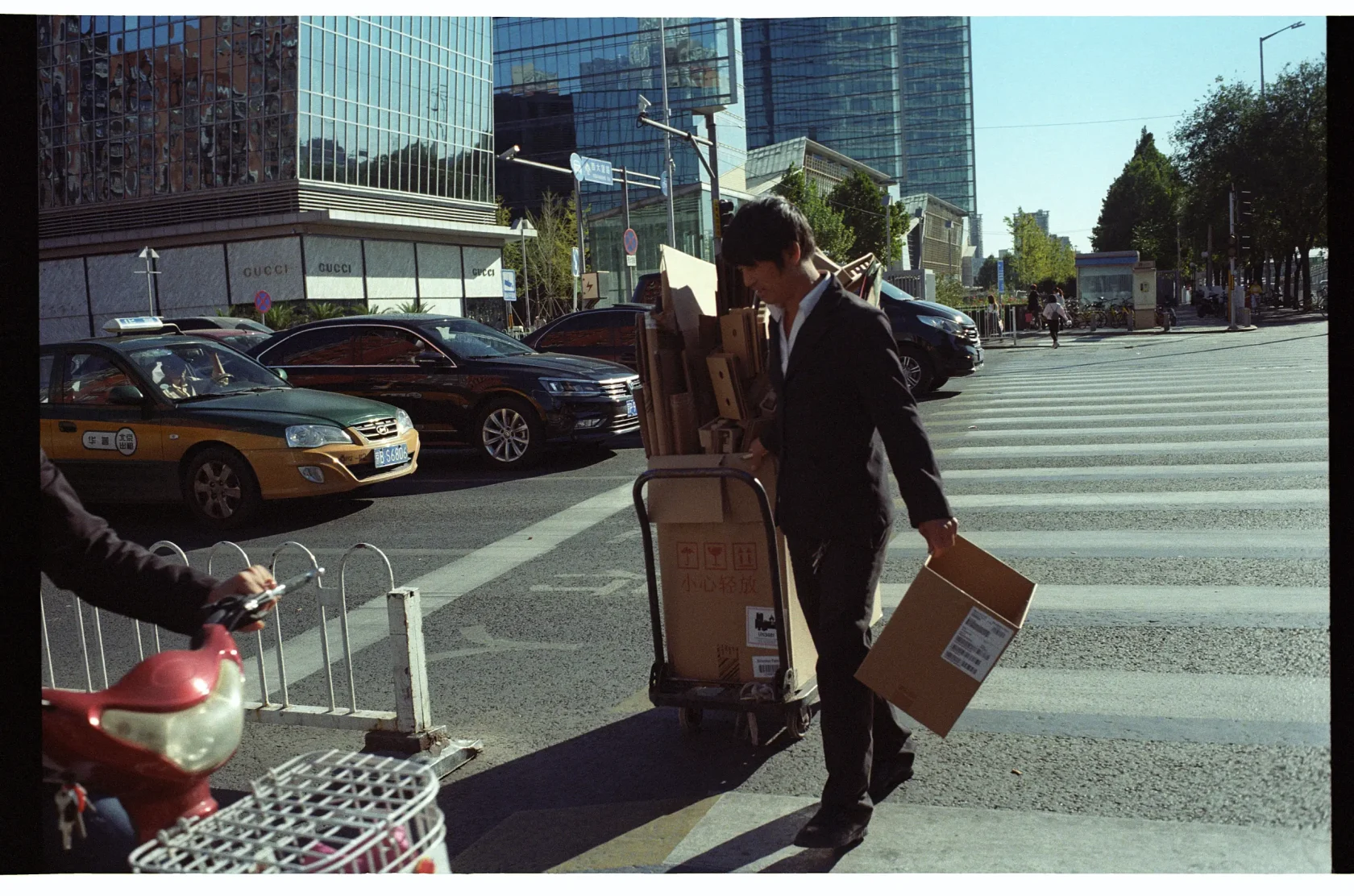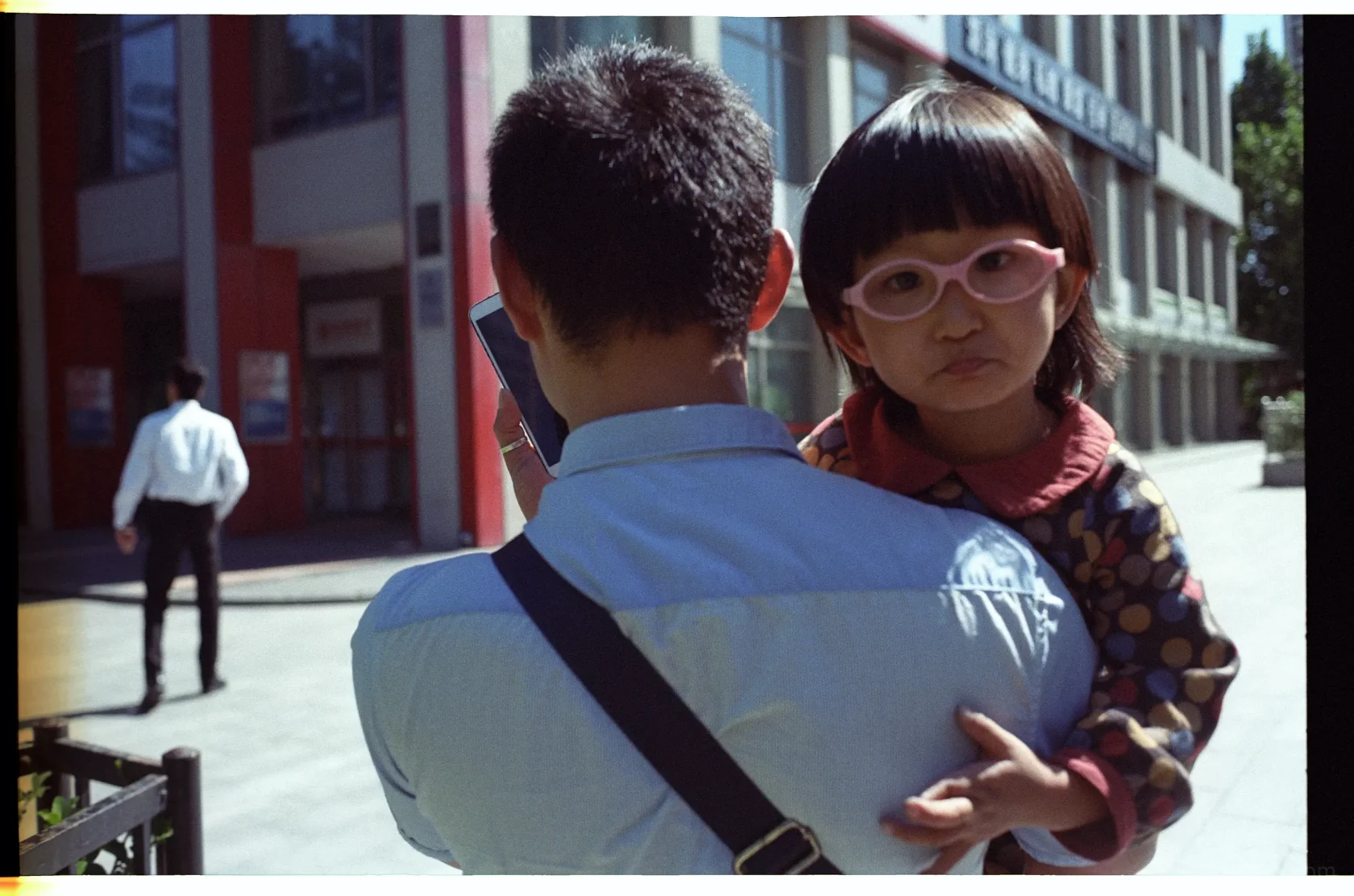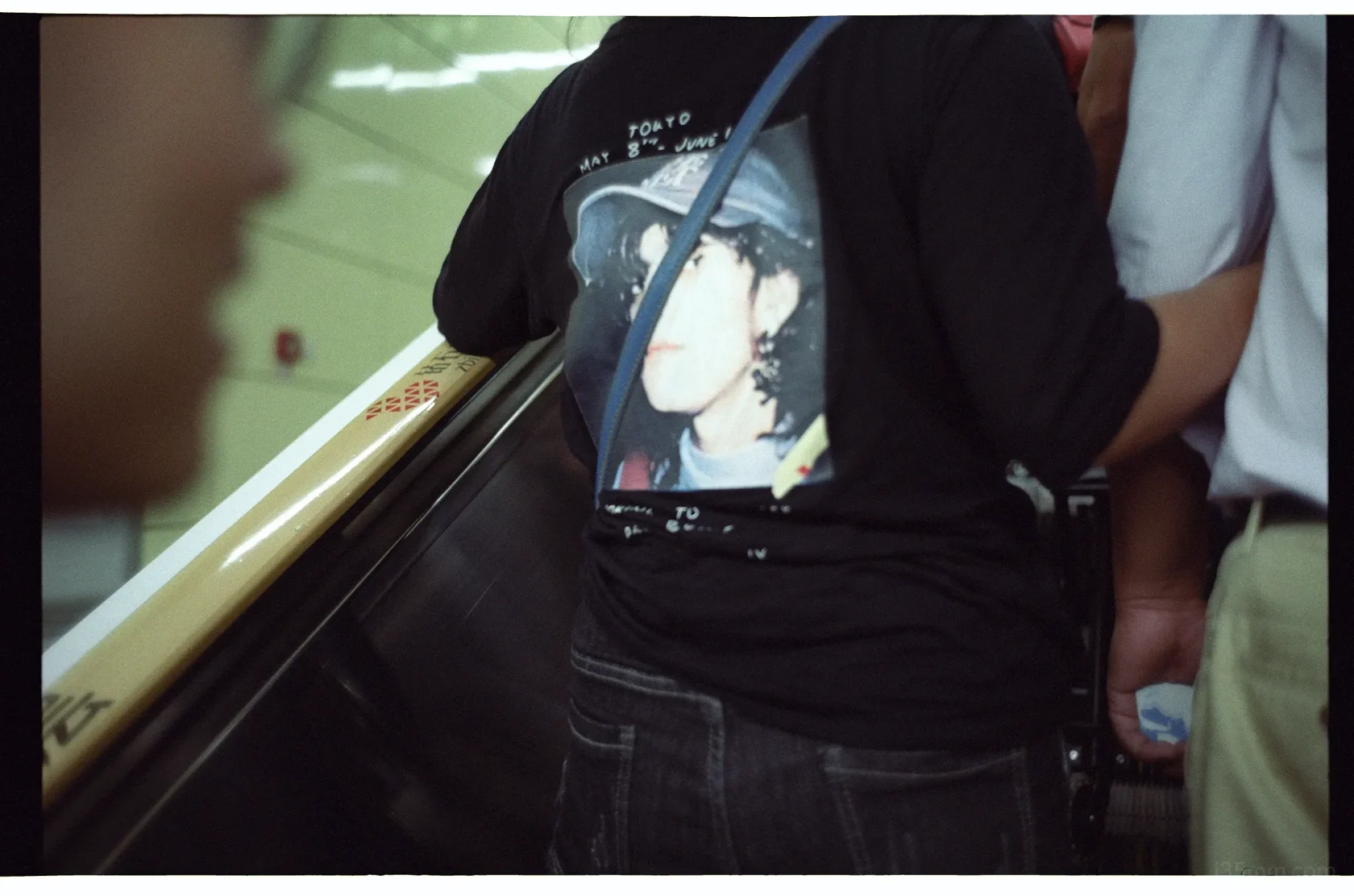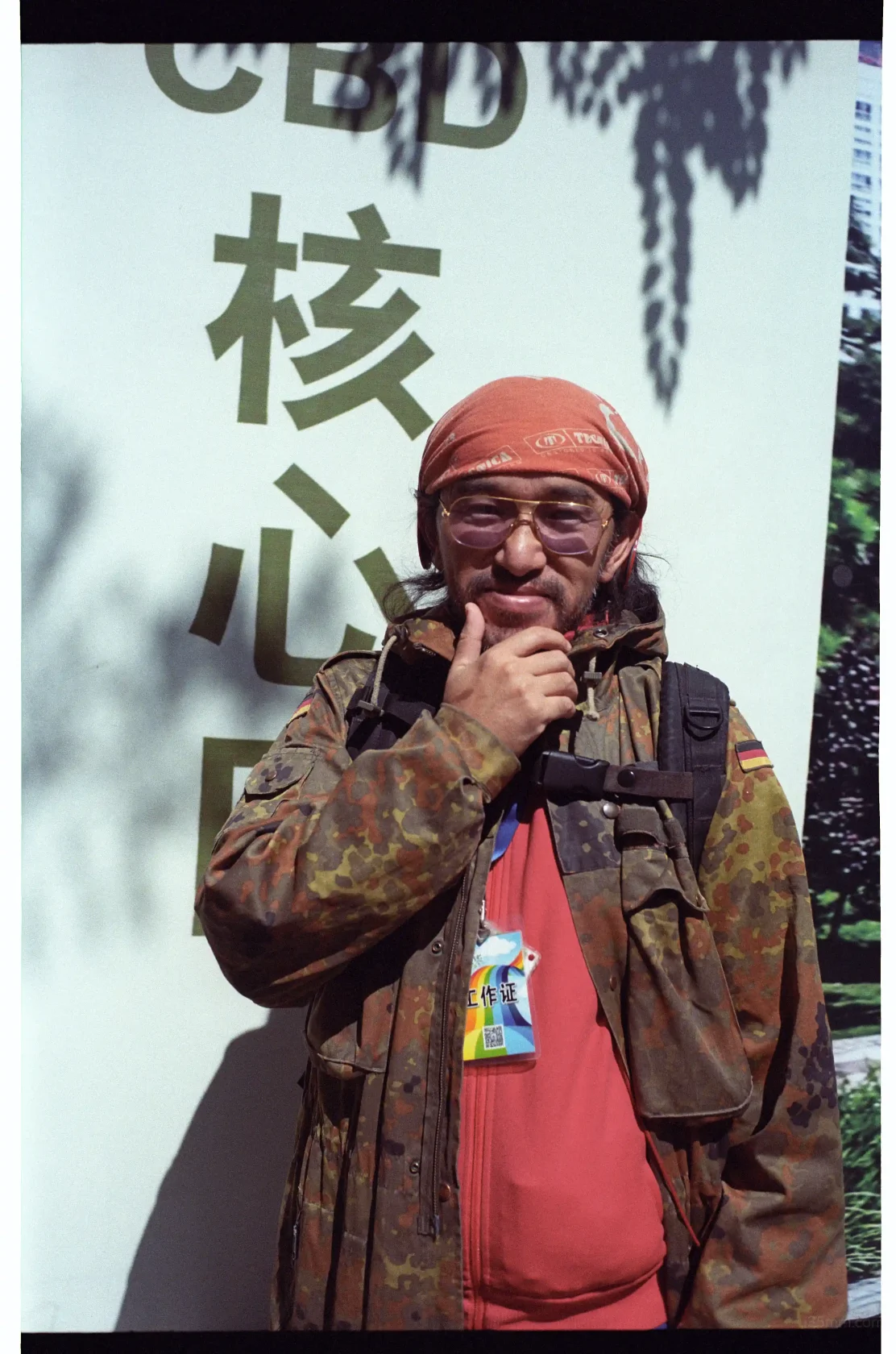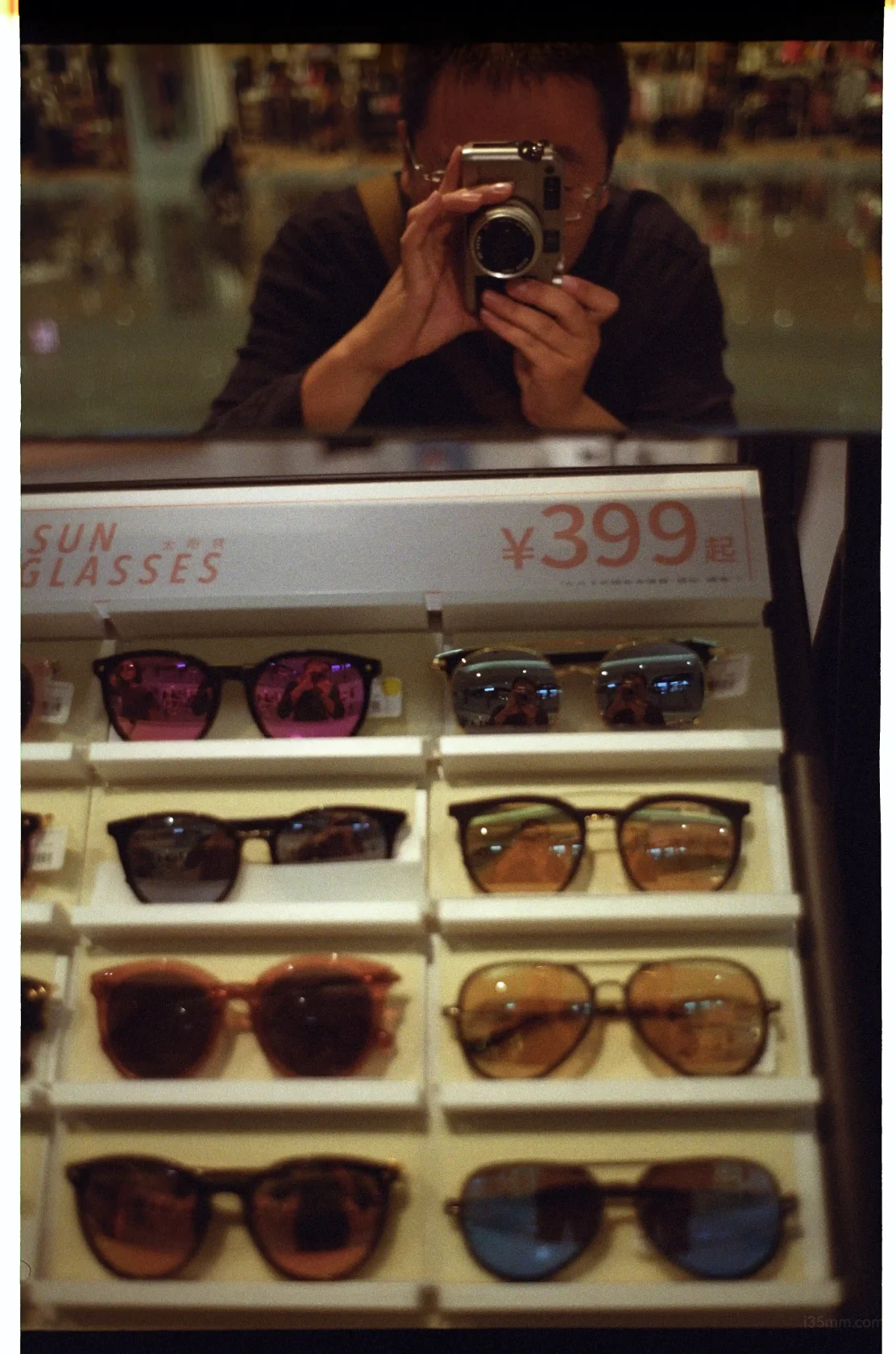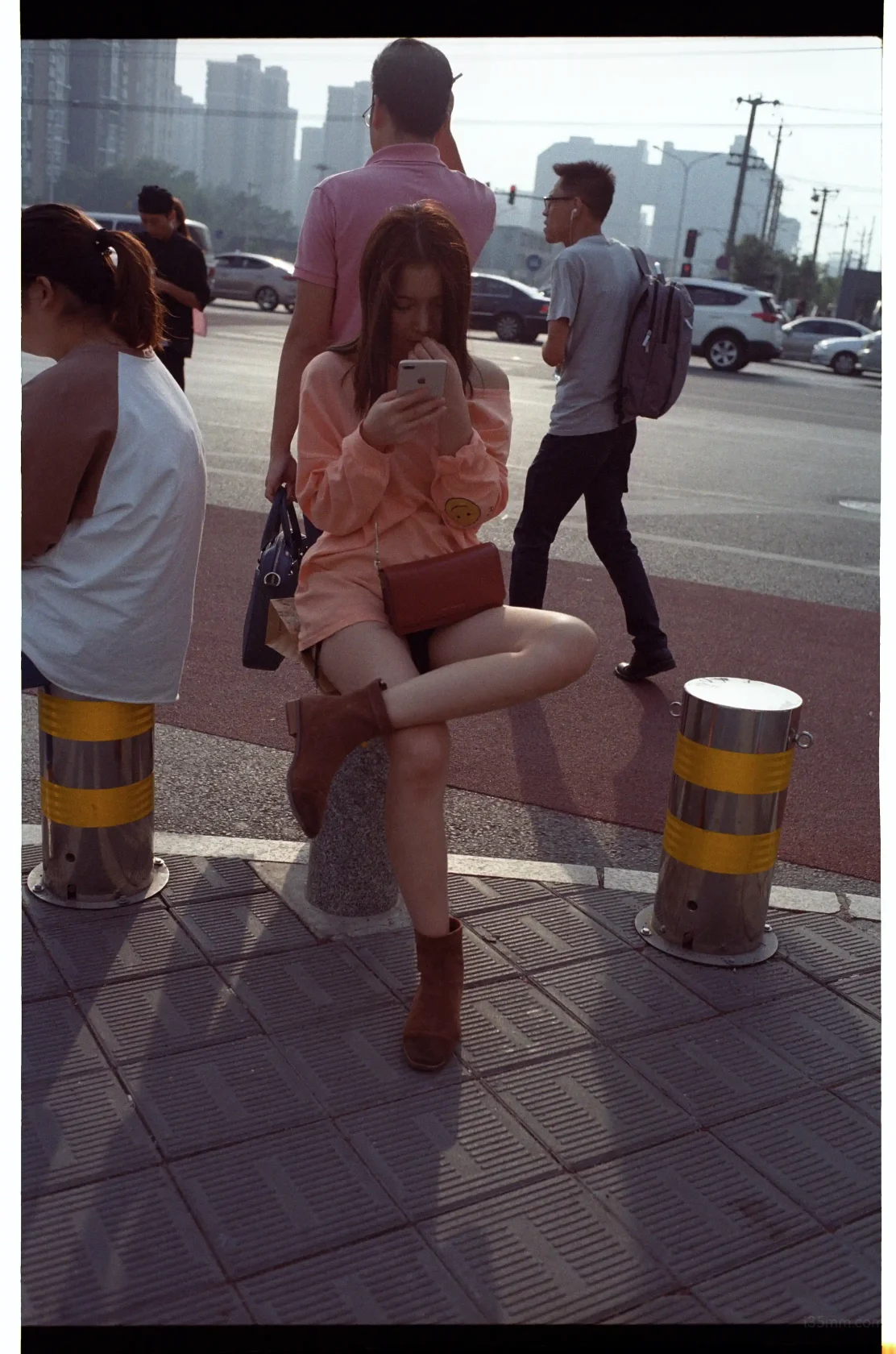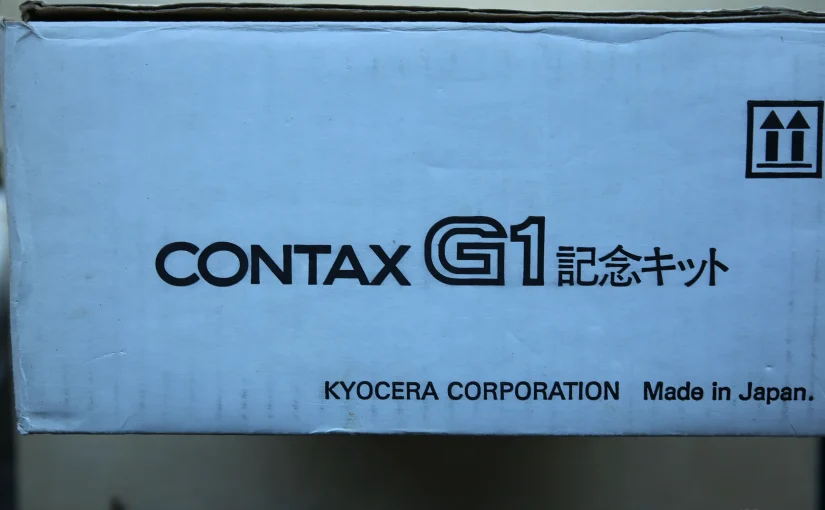(A review crafted like a Sunday morning stroll—leisurely paced yet full of quiet revelations)
The Forgotten Pathfinder
In an age where cameras evolve faster than TikTok trends, the Contax G1 emerges like a weathered paperback on a digital library shelf—unassuming, undervalued, yet brimming with stories waiting to be told. This titanium-clad relic (1994–2001) weighs less than a barista’s latte art pitcher (460g) and costs less than a smartphone lens protector (250–250–300 in 2025 USD). While others chase megapixels, the G1 asks: “What if the best camera isn’t the newest, but the one that never demands an upgrade?”
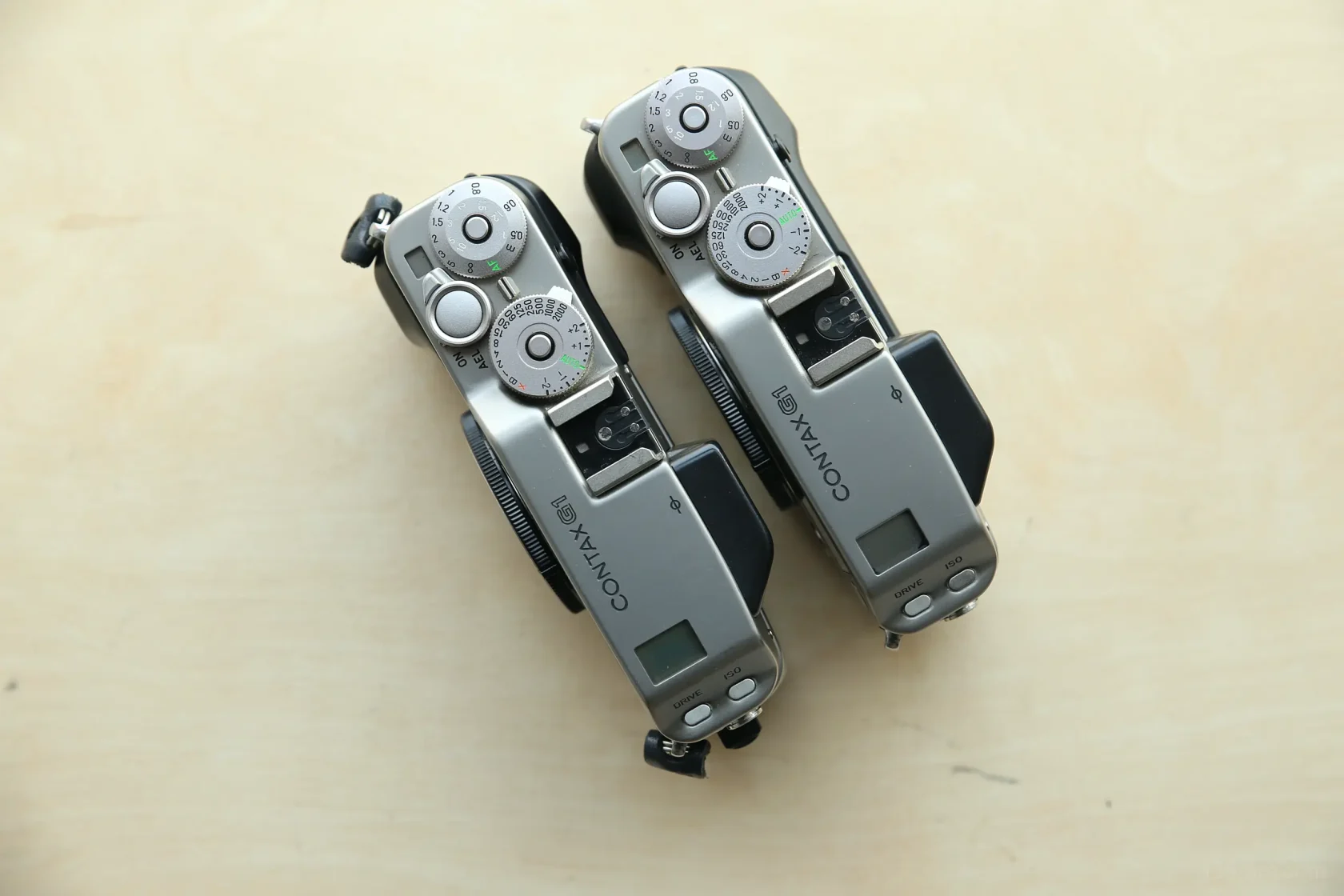
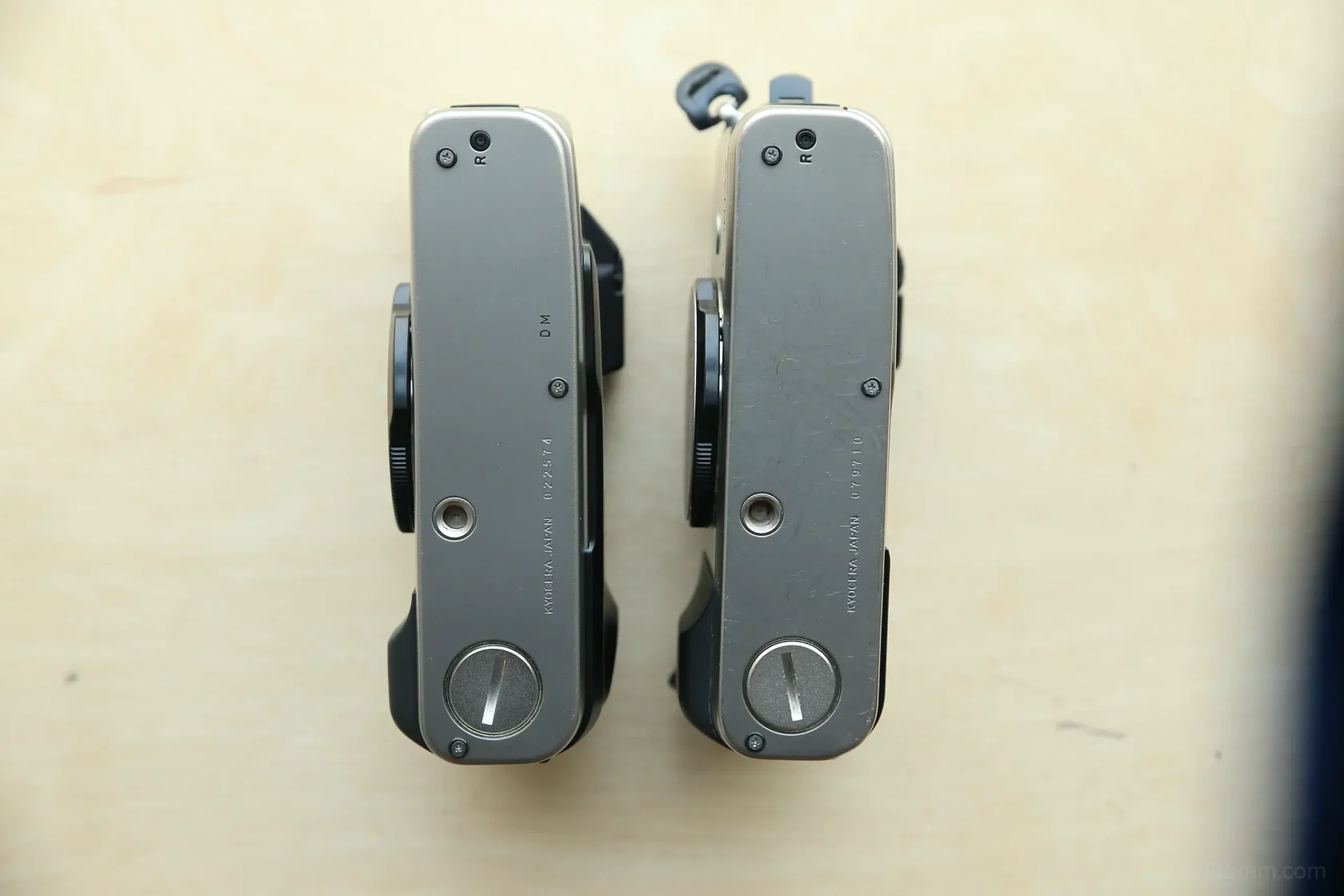
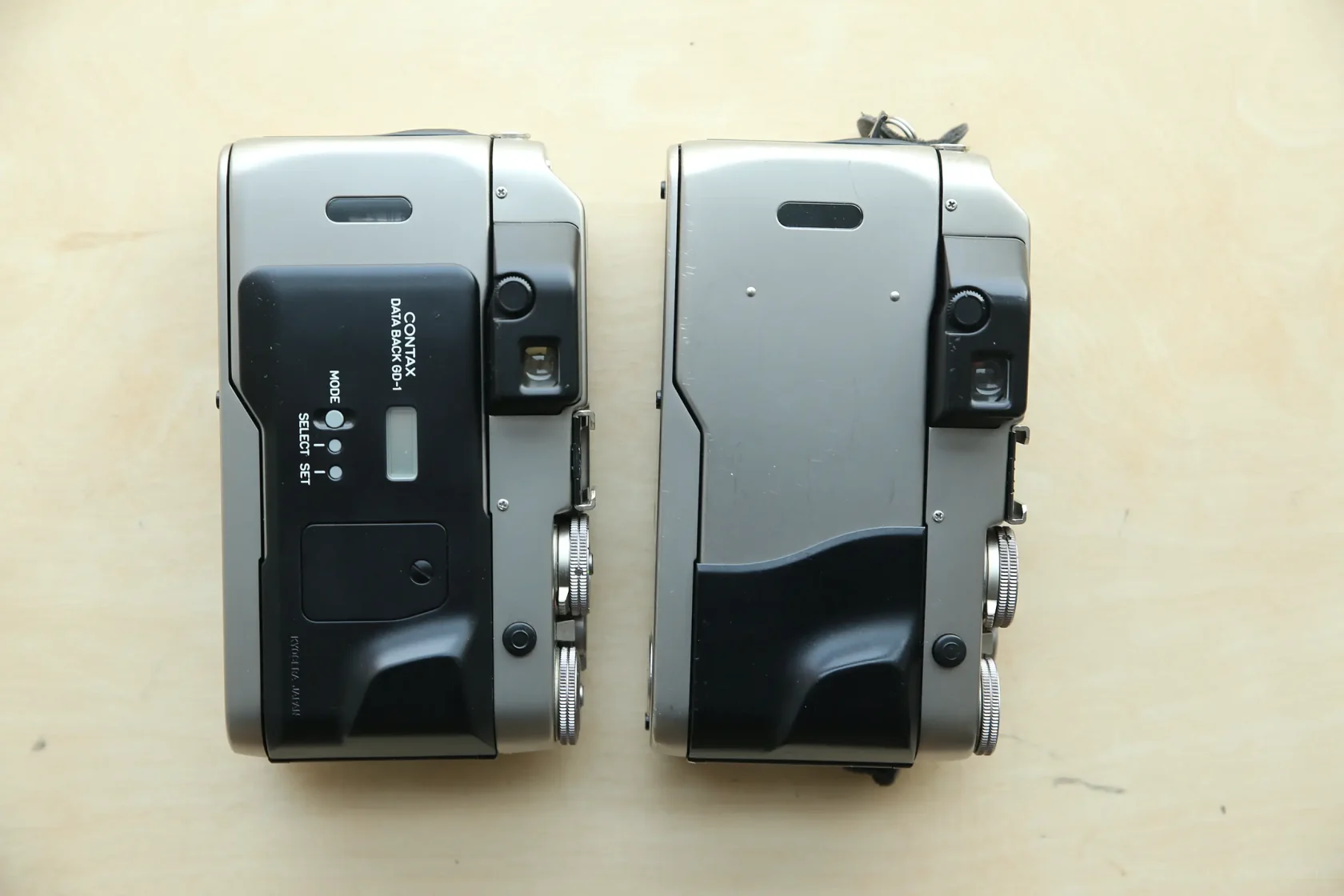
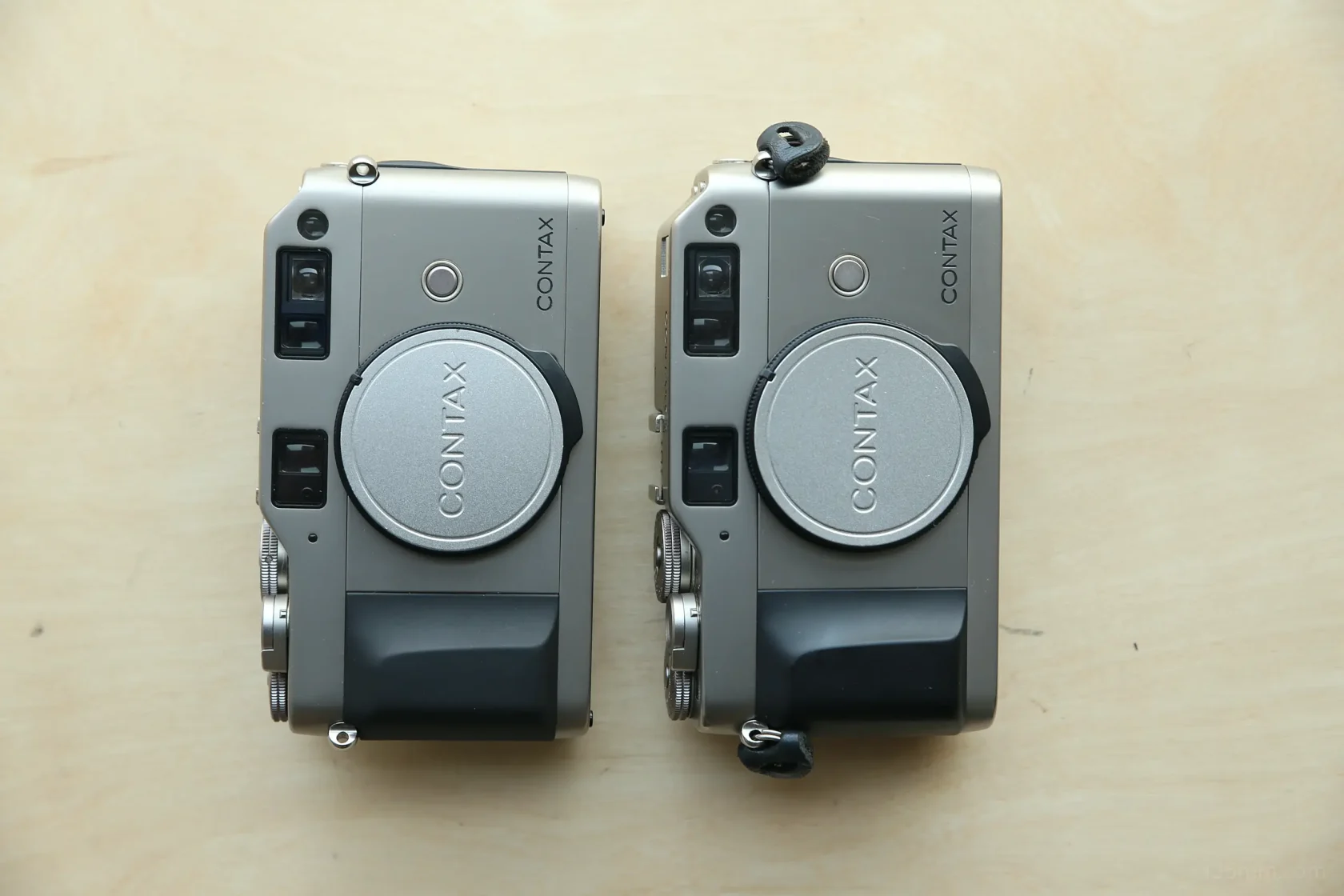
Design: Bauhaus Meets Butterfly
- Titanium Truth: Not a veneer like Leica’s “luxury” coatings, but full-metal honesty. The brushed finish feels like a poet’s well-worn notebook.
- Ergonomic Whisper: Curves softer than a Parisian bistro chair, fitting Asian hands like a calligrapher’s brush. Even winter can’t frost its plastic grips—a small mercy for gloveless shooters.
- Size Sorcery: 28% smaller than its sibling G2, yet somehow roomier than a Tokyo capsule hotel.
Optical Democracy
Zeiss’ Quiet Revolution
Before “cinematic” became a YouTube filter buzzword, the G1 democratized pro optics. Its trio of lenses (28mm/45mm/90mm) delivered Hollywood-grade rendering at student film budgets. Today, they still outclass 90% of modern mirrorless glass—like finding a vintage Rolex at a flea market.
Auto-Focus Quirks
Yes, it hesitates in dim light. But so do we when faced with life’s unscripted moments. The G1’s occasional refusal to shoot? Not a flaw—a Zen master’s lesson in mindfulness.
Generational Face-Off
| Feature | Contax G1 (1994) | Leica M6 (1984–2002) |
|---|---|---|
| Price (2025 USD) | 250–250–300 | 3,500–3,500–4,500 |
| Weight | 460g (light as regret) | 585g (heavy as legacy) |
| Shutter | 1/2000s (sunlit freedom) | 1/1000s (eternal twilight) |
| Film Rescue | Auto-rewind saves mistakes | Manual crank saves pride |
| Soul | Tokyo salaryman’s secret escape | German engineer’s lifelong companion |
The Joyful Contradictions
- Autofoxus in a Manual World: Faster than 2012’s Fuji X-Pro1, yet slow enough to make you see
- LCD “Watercolor” Displays: Leaking pixels become abstract art—a built-in reminder that imperfection breeds character
- Green vs White Label: Choose between supporting rare 21mm lenses (green) or embracing minimalist purity (white). Either way, you win.
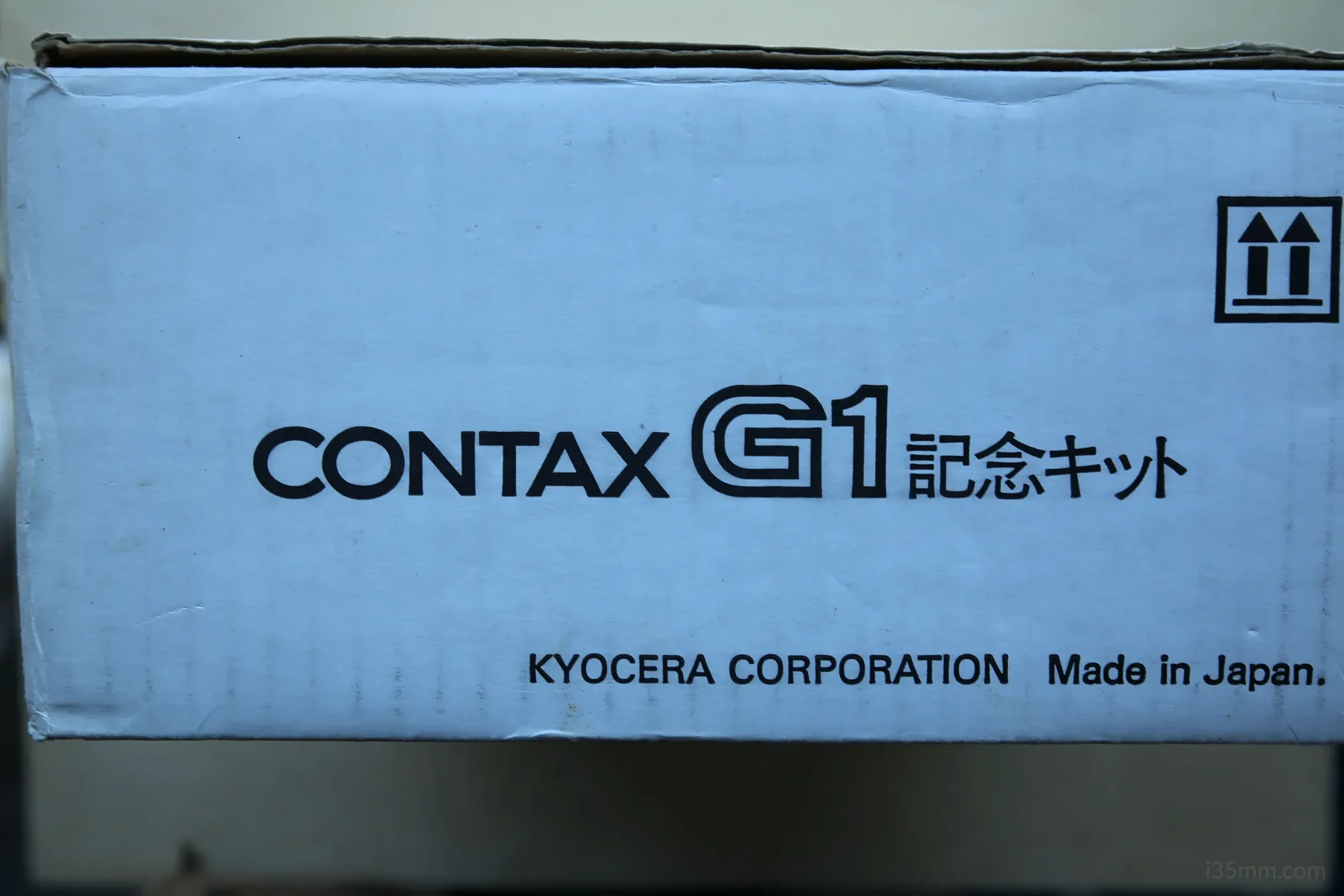
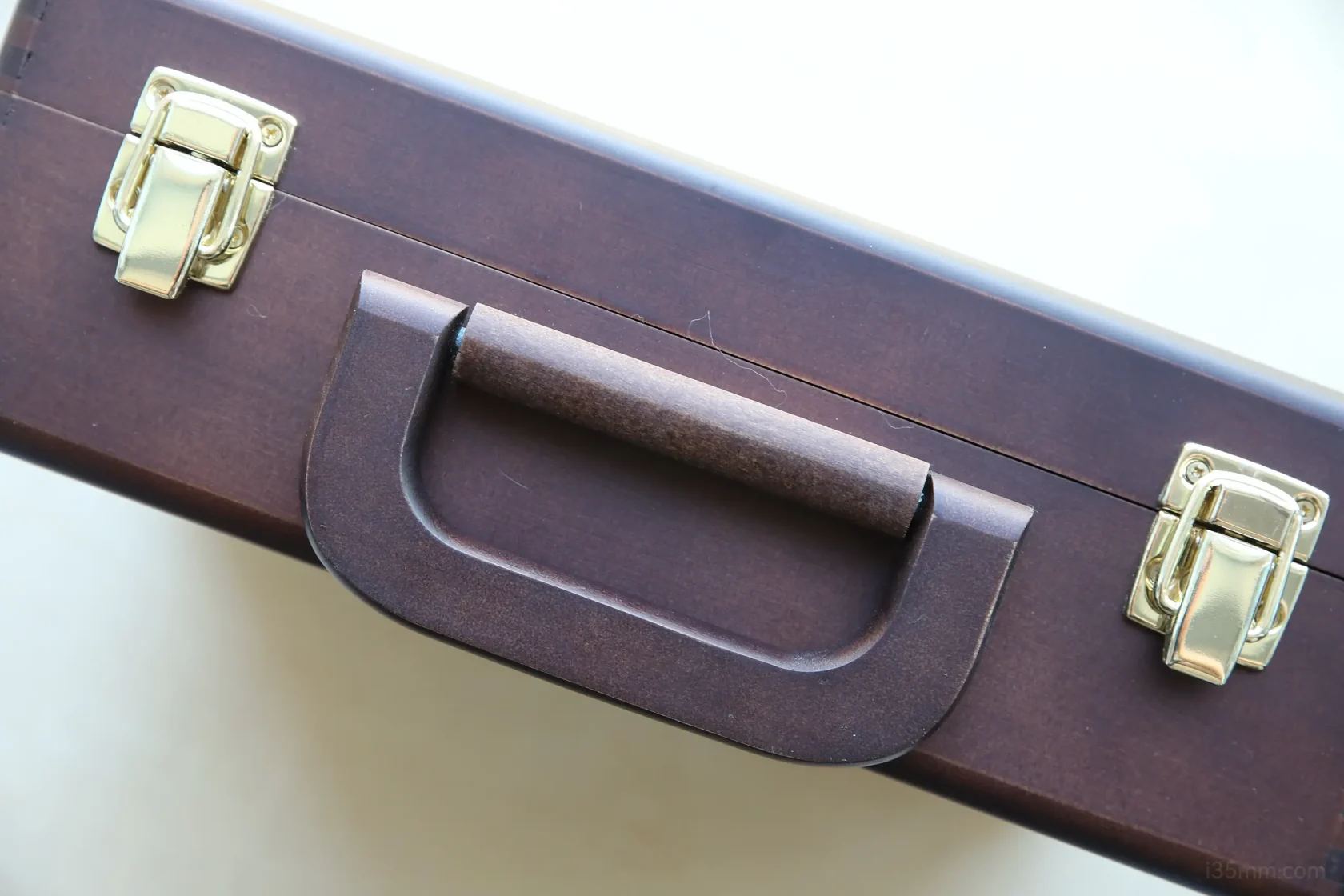
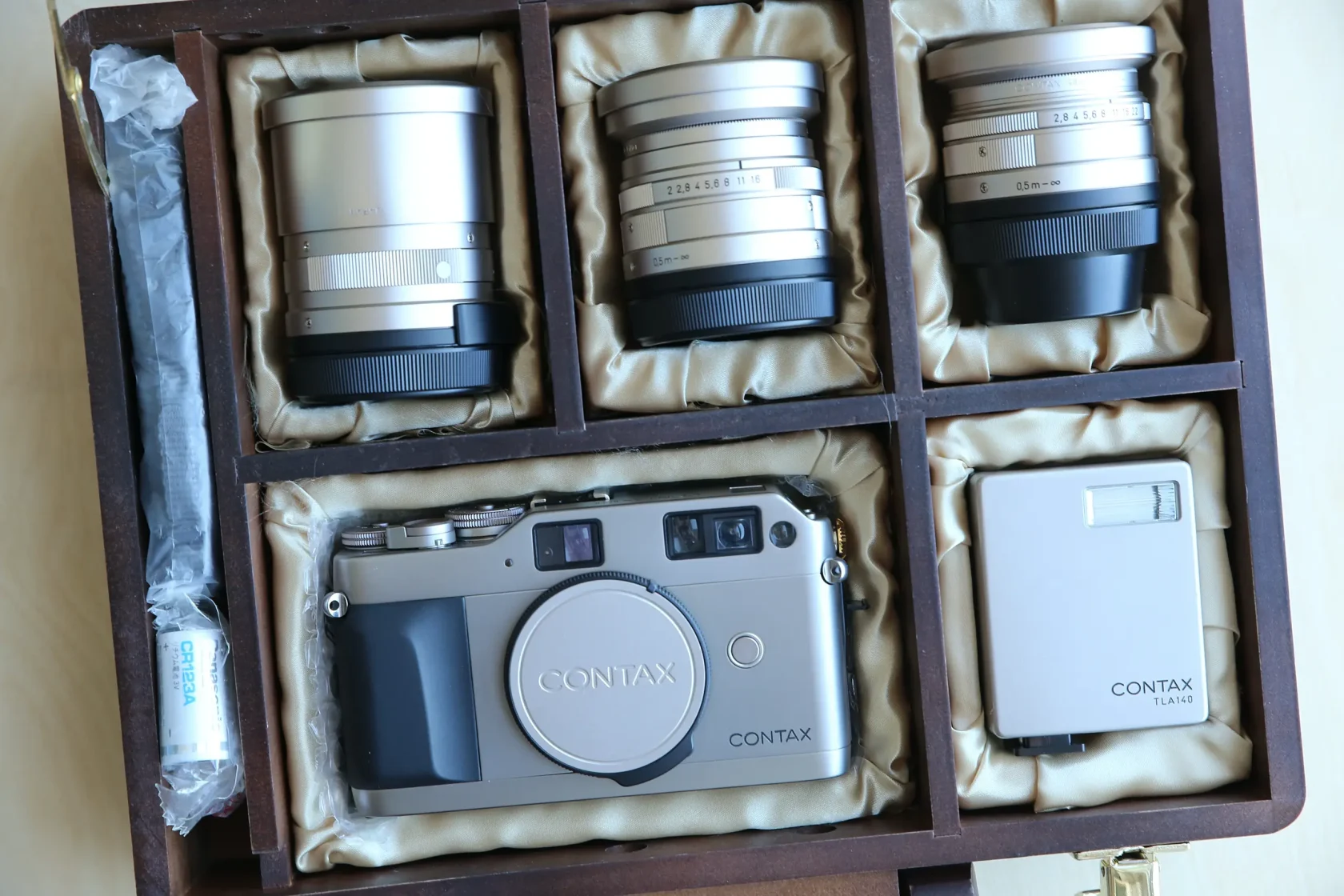
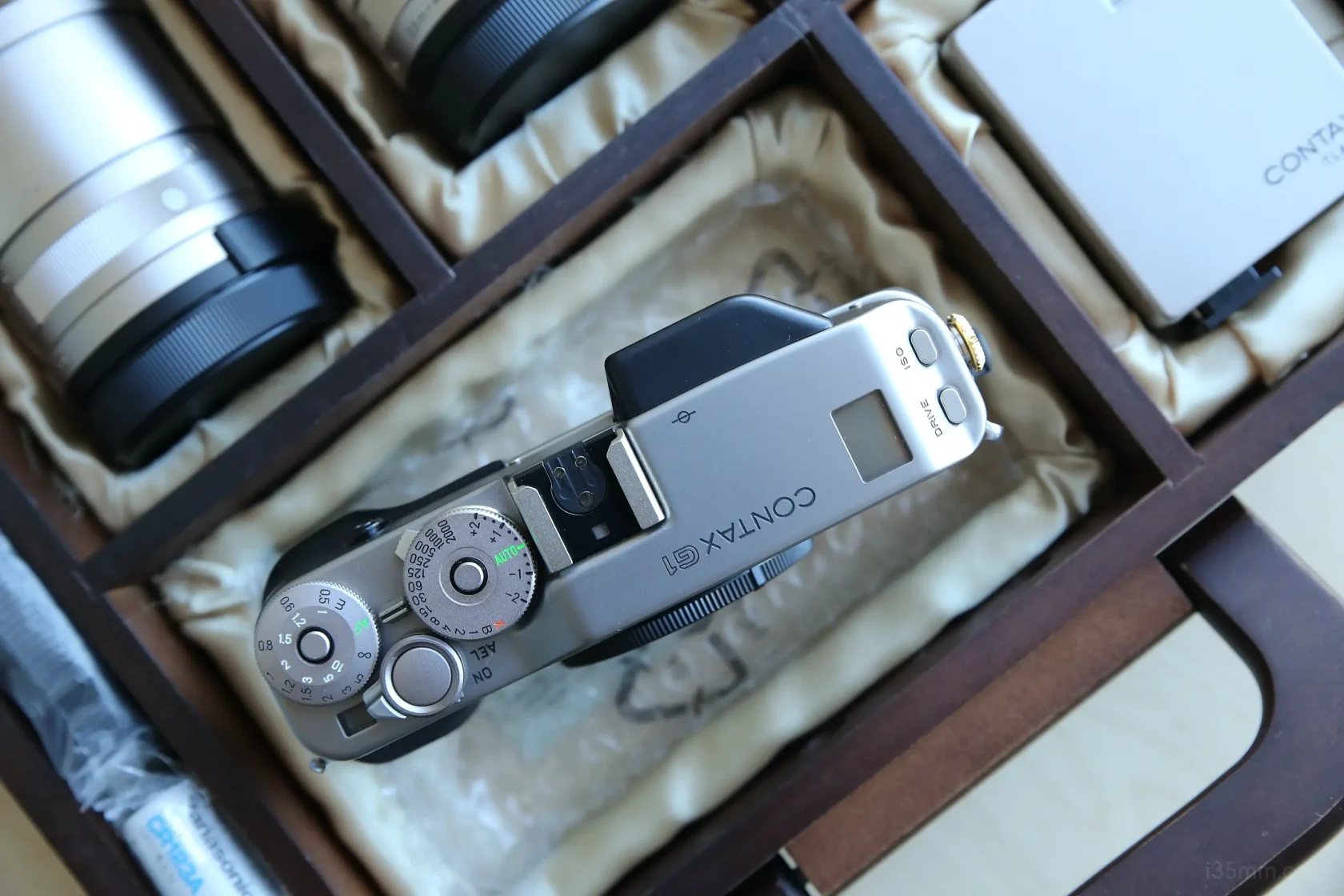
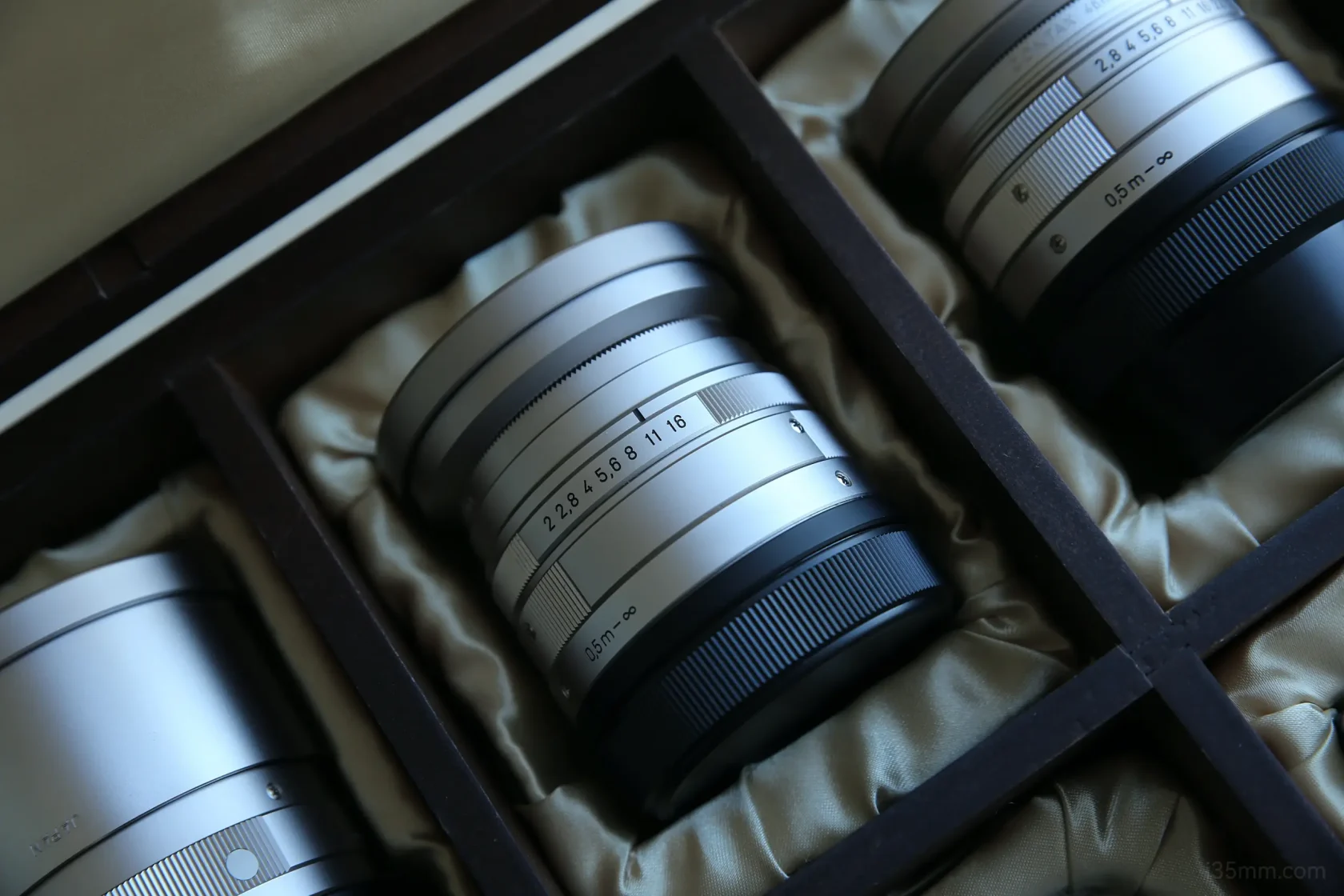
Who Should Buy This?
✓ Film Rebels: Tired of hipsters’ Pentax K1000 clones
✓ Digital Nomads: Seeking a tactile antidote to screen fatigue
✓ Leica Skeptics: Who suspect the Emperor’s rangefinder has no clothes
✓ Practical Romantics: Believing love letters should be handwritten, not AI-generated
The Tai Chi Revelation
Here lies the G1’s secret—a yin-yang balance Western engineers still struggle to replicate:
- Titanium toughness vs plastic pragmatism
- Autofocus convenience vs manual mindfulness
- 1990s tech vs timeless aesthetics
Like practicing tai chi in a subway station, it finds calm within chaos.
Final Verdict: The Anti-GAS Antidote
For the price of three streaming subscriptions (250–250–300), you escape:
- The upgrade treadmill’s hollow promises
- Pixel-peeping paranoia
- The weight of “pro gear” expectations
What you gain:
- A mechanical haiku writer
- 28/45/90mm lenses sharper than nostalgia
- Proof that joy needs no Wi-Fi connection
Epilogue: The Camera That Laughs Last
We photograph to cheat time—yet chase gear that becomes obsolete before our film even develops. The G1, with its titanium bones and analog heart, mocks this paradox. In its viewfinder, life isn’t measured in FPS or dynamic range, but in the courage to press the shutter when it truly matters.
Pro Tips:
- Film Hack: Load expired stock—its latitude forgives the G1’s metering quirks
- G2 Temptation: Resist. The price gap buys 50 rolls of Portra
- Ultimate Flex: Pair with Contax T2—pocket the difference vs buying a Leica CM
Rating:
⌛️⌛️⌛️⌛️◻️ (4/5 for tech fetishists)
🌅🌅🌅🌅🌅 (5/5 for sunset chasers)
“The real ‘Killer App’ isn’t in your phone—it’s the camera that outlives your need to prove anything.”
